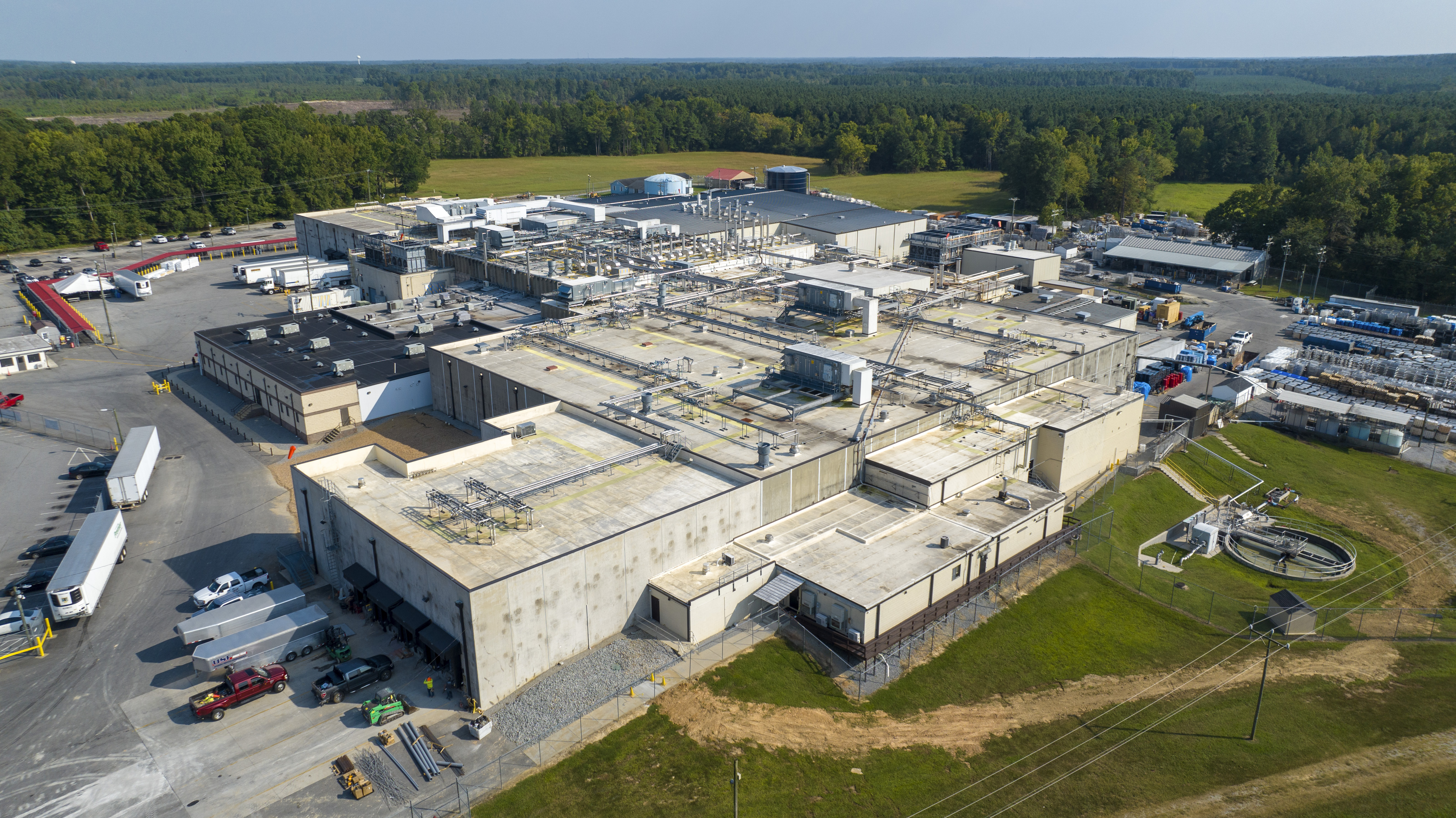PORTSMOUTH, Va. (WAVY) — Have your allergies been acting up lately? Well, there’s more than a connection between pollen levels and the weather. Climate change is now spanning an effect on allergy season — it’s earlier, longer and sneezier.
It all starts with the determinants for pollen levels: rain, temperatures, and wind. The weather in the winter and spring months will have a big effect on the start of allergy season. In the Hampton Roads area, trees are the first to bloom in late January and mid-February, leading to pollination in the spring.
“There’s determinants for pollen levels that we look at from season to season,” said Dr. Christina Ortiz of TPMG Coastal Allergy in Chesapeake. “Those mostly include the temperature, wind and rainfall, so more mild winters or warmer springs can change those pollen concentrations.”

Over the past few decades, average spring temperatures have been on the rise. Here in Hampton Roads, nowadays we’ll see about two additional weeks with temperatures above average. More warmth means more pollen, a trend many experts have been noticing.
“There’s an epidemic of allergies,” said Dr. Craig Koenig of Allergy & Asthma Specialists. “I’ve been doing this for almost 16 years now and I feel that trend is definitely on the upswing.”
Now here’s where it gets interesting. Typically, we may think that an early start to allergy season would mean an early end to it, unfortunately, that’s not the case. With each season (spring, summer and autumn) comes a different allergen.

After tree pollination peaks in the spring, it’s the grass pollen to follow in the summer and then the ragweeds to wrap it up in late summer and early autumn. So, an early start to the season in the spring is just that, an early start, as the tree pollen peak will roll right into the summer’s grass, and then the autumn’s ragweeds to follow.
Climate change is more than just temperatures and sea level rise, it affects us in more ways than we may think. And allergy season has become early, longer and sneezier.











































































































